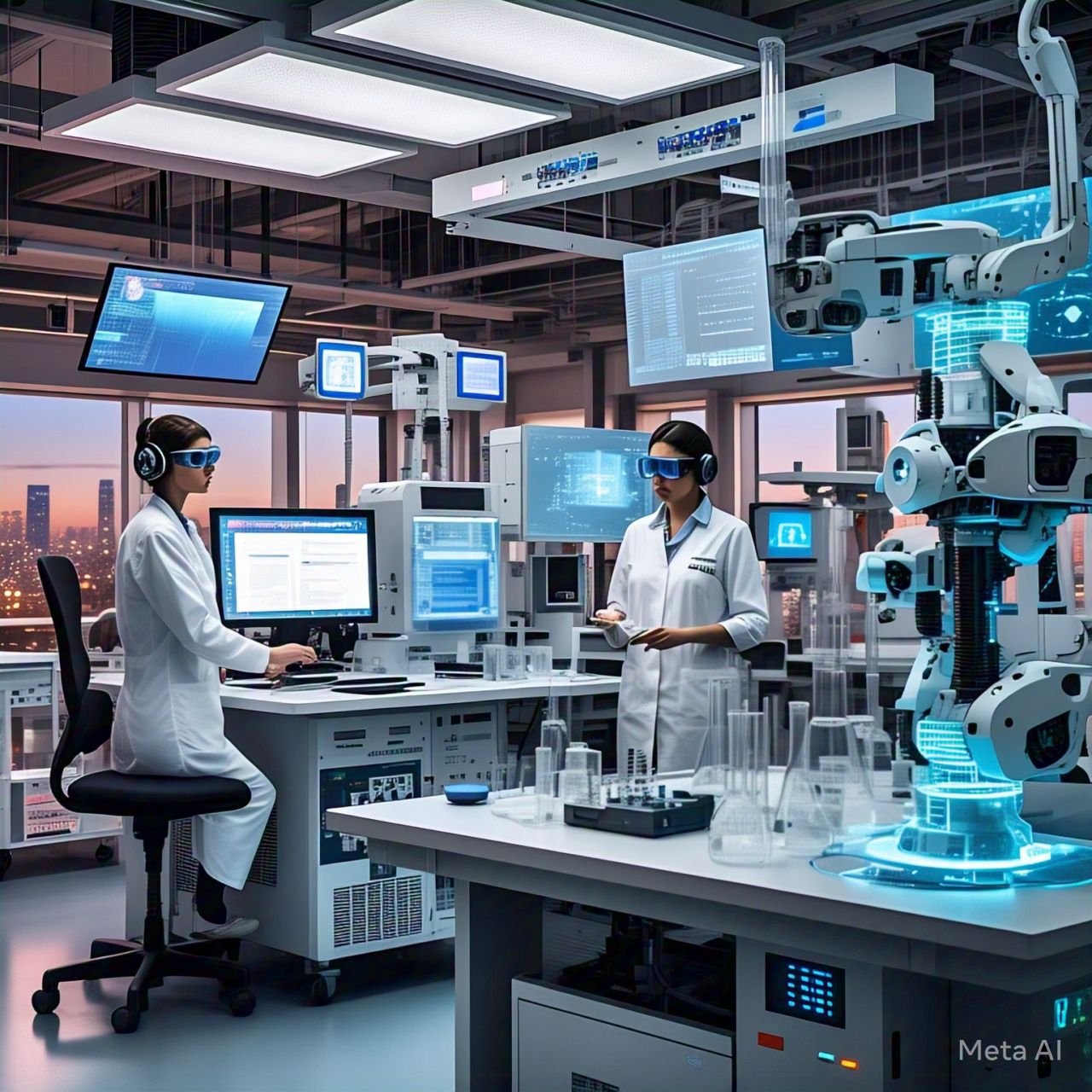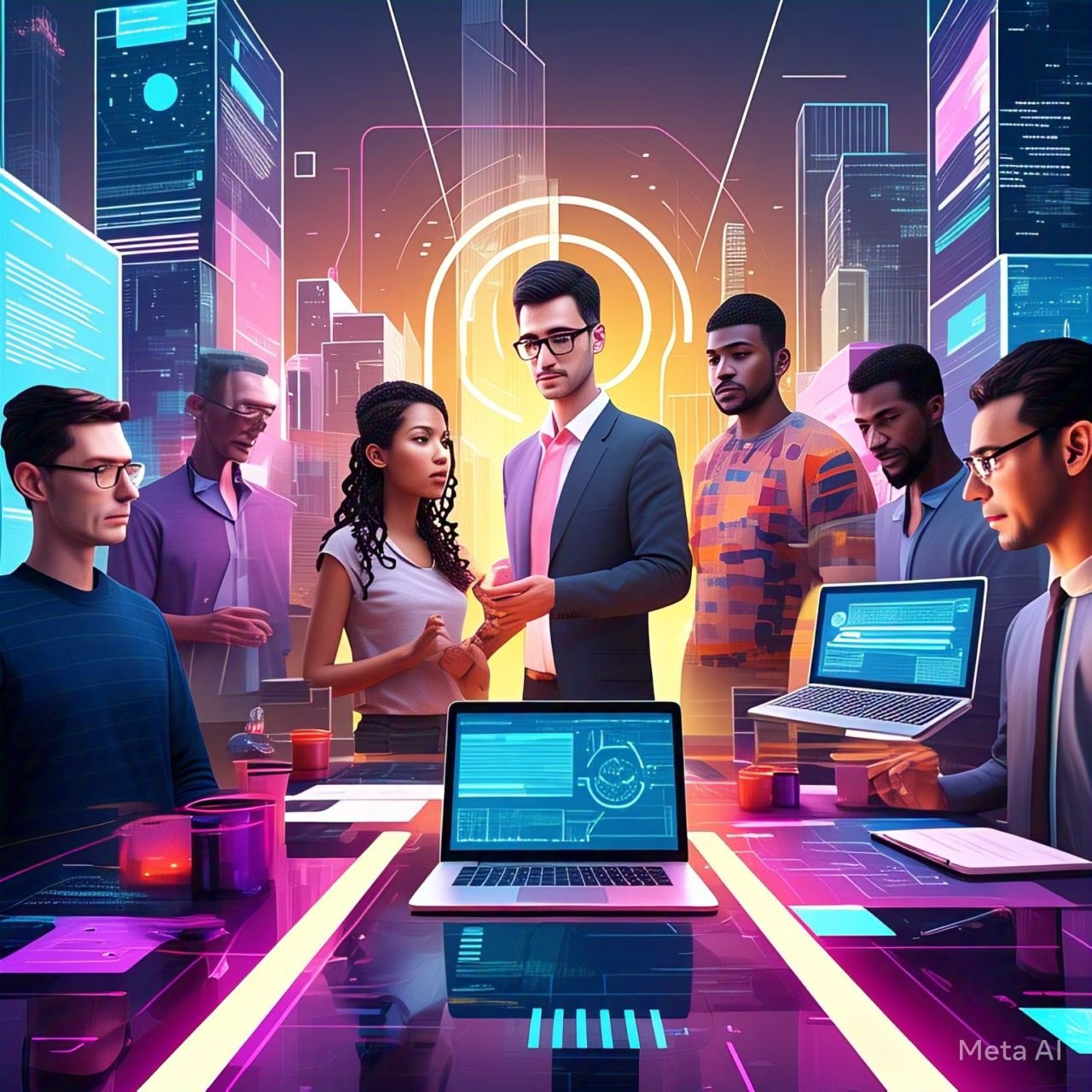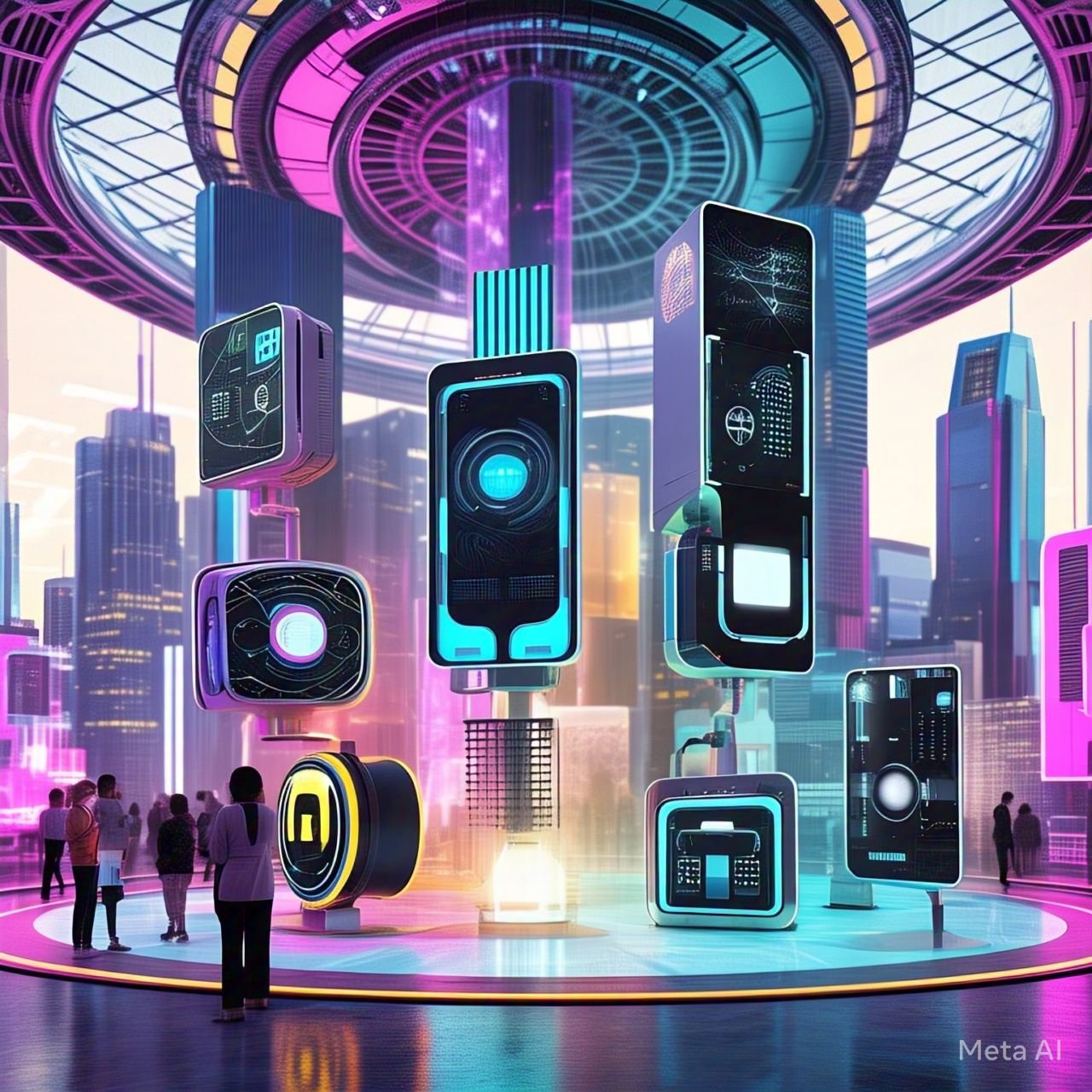Cybersecurity in the Digital Age

Outline
H1: Introduction
- H2: Understanding the Digital Landscape
- H2: Why Cybersecurity Is More Critical Than Ever
H1: The Growing Threat Landscape
- H2: Rise of Cybercrime in the 21st Century
- H2: Common Types of Cyber Threats
- H3: Phishing Attacks
- H3: Ransomware
- H3: Malware & Spyware
- H3: Social Engineering
H1: Modern-Day Cybersecurity Challenges
- H2: Increased Dependency on Digital Systems
- H2: Remote Work & Cloud Vulnerabilities
- H2: IoT Devices: Convenient but Risky
- H2: The Human Factor in Cybersecurity Breaches
H1: Core Elements of a Strong Cybersecurity Strategy
- H2: Firewalls & Antivirus Solutions
- H2: Encryption and Secure Communication
- H2: Multi-Factor Authentication (MFA)
- H2: Security Patching and Software Updates
H1: The Role of AI and Machine Learning in Cybersecurity
- H2: How AI Detects and Prevents Threats
- H2: Automating Security Operations
H1: Cybersecurity for Businesses
- H2: Creating a Cybersecurity Policy
- H2: Employee Training and Awareness
- H2: Incident Response Planning
H1: Government and Global Regulations
- H2: GDPR, CCPA, and Other Data Privacy Laws
- H2: The Role of Law Enforcement and Cyber Defense Agencies
H1: Future of Cybersecurity
- H2: Quantum-Resistant Cryptography
- H2: Predictive Security Systems
- H2: Zero Trust Architecture
H1: Conclusion
H1: FAQs
- H2: What is the most common cybersecurity threat today?
- H2: How can individuals protect themselves online?
- H2: Is cybersecurity a good career choice?
- H2: What role does AI play in cybersecurity?
- H2: What should businesses do after a cyberattack?
Introduction
Understanding the Digital Landscape
We live in a digital-first world. From shopping and banking to healthcare and education, everything is online. With this digital explosion comes a dark side—cyber threats are growing at a pace we’ve never seen before.
Why Cybersecurity Is More Critical Than Ever
In the digital age, cybersecurity isn’t just a tech issue—it’s a life issue. Our personal data, finances, businesses, and even national security depend on keeping systems secure. Cybersecurity is no longer optional; it’s essential.
The Growing Threat Landscape
Rise of Cybercrime in the 21st Century
Cybercrime has evolved from basic viruses to sophisticated nation-state attacks and billion-dollar ransomware schemes. Hackers are smarter, tools are more advanced, and the stakes are higher than ever.
Common Types of Cyber Threats
Phishing Attacks
Phishing tricks users into giving away sensitive info—like passwords or credit card numbers—usually through fake emails or websites.
Ransomware
This malicious software locks your files until you pay a ransom. It’s like digital kidnapping, and it’s devastating businesses and hospitals worldwide.
Malware & Spyware
These nasty bits of code infect your system, steal information, and sometimes even take control of your device—without you knowing.
Social Engineering
Hackers manipulate people (not machines) to gain access. A little deception and human error are all they need.

Modern-Day Cybersecurity Challenges
Increased Dependency on Digital Systems
With everything connected—from bank accounts to baby monitors—the attack surface is massive. More devices mean more risks.
Remote Work & Cloud Vulnerabilities
Work-from-home culture has opened new doors for hackers. Insecure Wi-Fi, shared devices, and unpatched systems are goldmines for attackers.
IoT Devices: Convenient but Risky
Smart fridges and fitness trackers are cool—until they become backdoors for hackers to access your home network.
The Human Factor in Cybersecurity Breaches
Let’s be real—most breaches happen because someone clicked the wrong link or used “123456” as their password. Humans are the weakest link.
Core Elements of a Strong Cybersecurity Strategy
Firewalls & Antivirus Solutions
These are your first line of defense. Think of them as the guards at the digital gates of your devices and networks.
Encryption and Secure Communication
Encryption scrambles your data so even if hackers get in, they can’t read it. It’s like speaking a secret language only your system understands.
Multi-Factor Authentication (MFA)
A password alone isn’t enough. MFA adds extra steps—like a code sent to your phone—to make hacking much harder.
Security Patching and Software Updates
Updates fix vulnerabilities. Ignoring them is like leaving your door wide open. Patch it or regret it.
The Role of AI and Machine Learning in Cybersecurity
How AI Detects and Prevents Threats
AI can spot patterns that humans miss, flag unusual behavior, and stop attacks in real time. It’s like having a super smart guard dog watching your system 24/7.
Automating Security Operations
AI doesn’t sleep. It can handle repetitive tasks, detect fake users, and respond to attacks instantly—freeing up human experts to tackle the big stuff.
Cybersecurity for Businesses
Creating a Cybersecurity Policy
Businesses need rules and protocols. A cybersecurity policy outlines how to handle data, access, and emergencies. No policy? You’re playing with fire.
Employee Training and Awareness
Even the best tech won’t help if your staff is clueless. Train them to spot scams, use strong passwords, and stay alert online.
Incident Response Planning
If (or when) you get attacked, how you respond is key. Having a plan in place means less damage, faster recovery, and lower costs.
Government and Global Regulations
GDPR, CCPA, and Other Data Privacy Laws
Governments are stepping in to protect consumer data. Laws like GDPR (Europe) and CCPA (California) force companies to be transparent and responsible.
The Role of Law Enforcement and Cyber Defense Agencies
Agencies like the FBI and Interpol now have cybercrime divisions. They track hackers, dismantle networks, and issue alerts about new threats.
Future of Cybersecurity
Quantum-Resistant Cryptography
Quantum computers could break today’s encryption. So researchers are already working on encryption that even quantum tech can’t crack.
Predictive Security Systems
With predictive analytics, we might stop attacks before they happen. It’s like forecasting the weather—only for cyber threats.
Zero Trust Architecture
“Never trust, always verify” is the new motto. Zero trust means every user and device is treated as a threat until proven otherwise.
Conclusion
Cybersecurity in the digital age is everyone’s business. Whether you’re a student, a CEO, or a retiree, your digital life needs protection. The threats are real, but so are the solutions. With the right tools, awareness, and practices, you can stay one step ahead of cybercriminals and take back control of your digital world.
FAQs
What is the most common cybersecurity threat today?
Phishing remains the most common and effective attack method. It preys on human error and is used in everything from identity theft to ransomware attacks.
How can individuals protect themselves online?
Use strong, unique passwords, enable MFA, keep your software updated, and never click on suspicious links. Awareness is your best defense.
Is cybersecurity a good career choice?
Absolutely! With the growing threat landscape, skilled cybersecurity professionals are in high demand and the field offers excellent job security and salaries.
What role does AI play in cybersecurity?
AI enhances threat detection, automates responses, and helps predict future attacks. It’s becoming a vital tool in fighting cybercrime.
What should businesses do after a cyberattack?
They should follow an incident response plan: contain the breach, assess the damage, notify affected parties, and report to authorities. Then, review and strengthen defenses to prevent future incidents.




